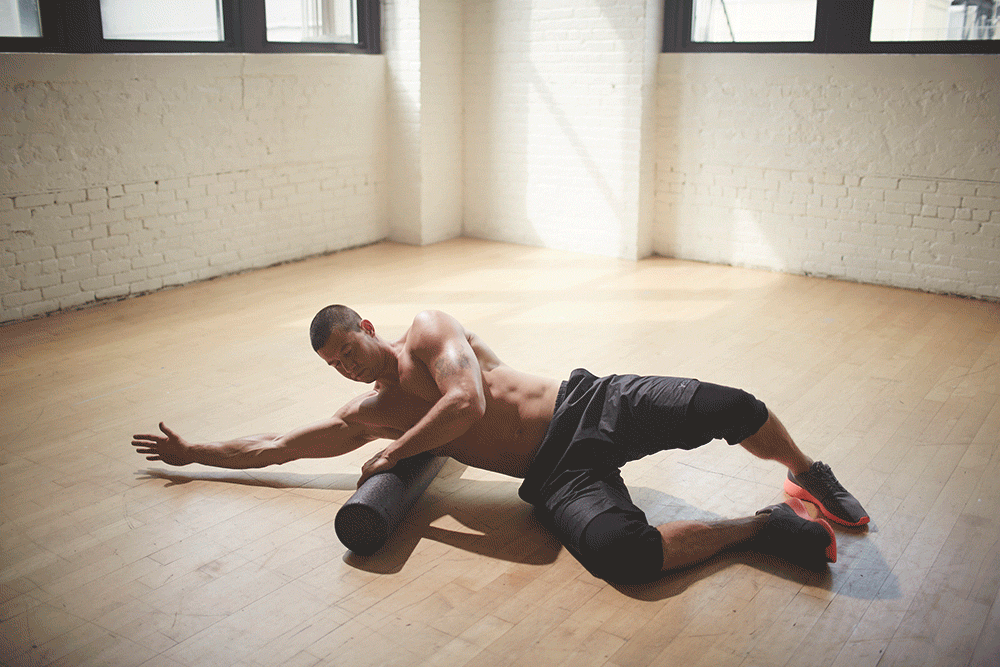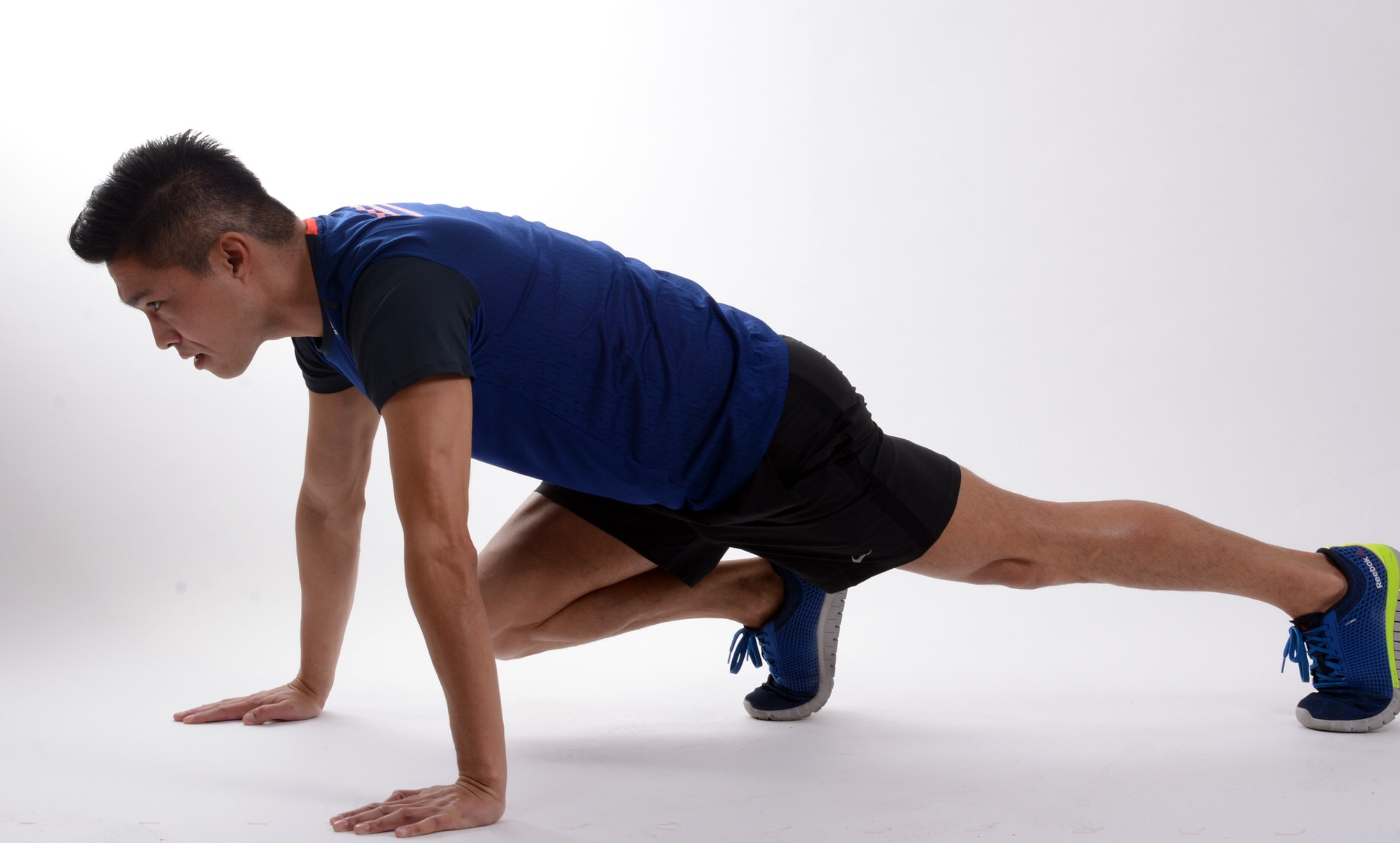
Are you not quite sure about what to do prior to your workouts?
Or maybe you think you know? Chances are you perform some kind of static stretch coupled with a treadmill 10 min light jog. For decades we have been told to have a good stretch before performing an exercise. And of course, it makes sense to do so. But what if I told you you are actually hurting your gains by doing a static stretch before exercise? And that treadmill run is holding you back.
Furthermore, when you static stretch, you should hold a pose for more than 15 seconds in order to appropriately express a full range of motion. Let’s dig into this a little deeper. In our muscles, we have what is called muscle spindles. Don’t worry, I won’t bore you with too much science. All you really need to know is what it does. A muscle spindle’s job is to detect a change in muscle length “stretch”. This is a key factor in your muscles’ elasticity, as these receptors prevent your muscles from stretching too far.
However, we have another mechanism in our body called the Golgi tendon organ or GTO, which is located in the origin and insertions of skeletal muscle. The GTO detects tension in the muscles and tendons. When tension lasts too long, the GTO will overwrite the muscle spindles to prevent muscle detachment or tear. This usually takes 10 to 15 seconds. So you can see why stretching for less than 10 seconds my prove somewhat useless when you are training for flexibility.

Phew, what a mouthful, right? So here’s the part where I tell you why static stretching is no good prior to exercise. Remember when I told you about those muscle spindles and how they are important for muscle elasticity? Well, we need that elasticity to perform our exercises. When you static stretch, you lose that muscular elasticity, which can affect your lifts, sprints, cycle, etc. So what should you do before your exercise? The answer is a solid dynamic routine with various dynamic stretches that apply to your workout of the day.
Ok, so what is dynamic stretching?
Dynamic stretches are controlled movements that express a full range of motion. For instance, if you wanted to warm up for barbell squats, you may want to perform 10 leg side swings, 10 leg front swings, 10 reverse lunges, and 10 air squats. These stretches are to be performed with controlled deliberate movement. Do not make the mistake of confusing dynamic stretching with ballistic stretching (or bouncing like your 1990’s PE coach had you do). Holistic stretching is a “no go” always; just don’t do it.
Dynamic stretches have yet another benefit. When done properly you can slightly elevate your heart rate and warm up your muscles in preparation for your workout. Yep, that means no need to run on the treadmill first. As a matter of fact, running on the treadmill may cause you to burn too much precious energy before your workout. However, if you feel you must warm-up on the treadmill, be sure to keep it light; 3 to 5 min is all you need to get your heart rate up and body warmed.
A good dynamic routine would last between 7 and 10 minutes to warm up the muscles, increase heart rate, and express a range of motion. It may be good to create one or two full-body routines and commit them to memory. This way seems to be most beneficial in my experience, as it prepares your whole body for exercise instead of just focusing on small groups. Whether I am training clients or myself, in full-body or split routines, I always use a full-body dynamic routine before getting started. The best way to remember a routine is to move from head to toe. Start with your neck and work your way down the body to your ankles.
So what about after your workout?
Should you do static stretching then? I mean, my 6th grade PE coach told me it prevents injury. Well, you would be wrong again. I want you to forget what you think you know about static stretching as the best form of injury prevention because the best form of injury prevention is actually foam rolling. Yep, that cylindrical piece of foam you keep seeing in the gym and wondering what it is should be your go-to for injury prevention. Also, if you are wondering how to use one, there are plenty of resources online to help you. But if you still cant figure it out, message me and I would love to help you.

So, I guess this means that static stretching is useless and should not be done right? Wrong again. I’m not saying not to static stretch. Static stretching is a great way to improve your range of motion and it should be looked at with that goal in mind. When you’re programming your workout routines, plan your static stretching on days you wish to increase range of motion. A good time is a day after a heavy lift, or after a cardio workout when your body is warm.




